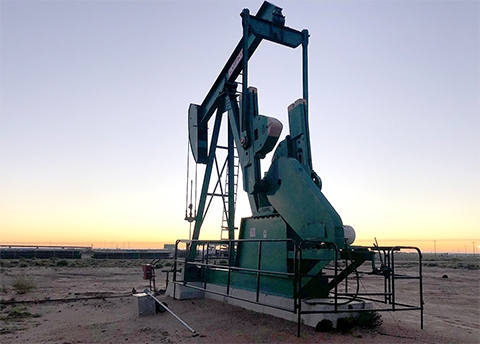Activated Carbon Catalyst Support

The table, high surface area porous structure of some activated carbons make them very suitable for use as catalyst support materials. Our carbons have characteristic pore diameter distributions and surface areas which can be tightly specified. This, together with the high purity, hardness and low dust levels make them ideal for this application. These are used in fixed beds and fluidised beds in various processes.
Typical Applications
- Mercaptan Conversion
- Ozone and Hydrogen
- Peroxide Decomposition
- Oxidation of Sulphur Dioxide
- Conversion of Hydrogen Sulphide to Sulphur
- Decomposition of Phosgene
Benefits of Eurocarb Carbon:
Very Large Surface Area
Typically grades for use in this application have surface areas well in excess of 1250m2/g.
High Hardness
A number of proprietary processes during manufacture ensure Eurocarb carbons are hard and are considerably resistant to breakage and fragmentation.
Resistance to High Temperature
Use of Activated Carbon at high temperatures (up to 400 degrees C) will not lead to a loss of the required surface properties. While the user is required to determine the correct limits for their own application use, it is possible to see reactions occurring at temperatures of over 750 degrees in the presence of water vapour.
Inert / Non-Reactive
An emphasis on quality control throughout the manufacturing process ensures very high purity levels. Washed products (both with water and acid) offer even higher purity levels.







